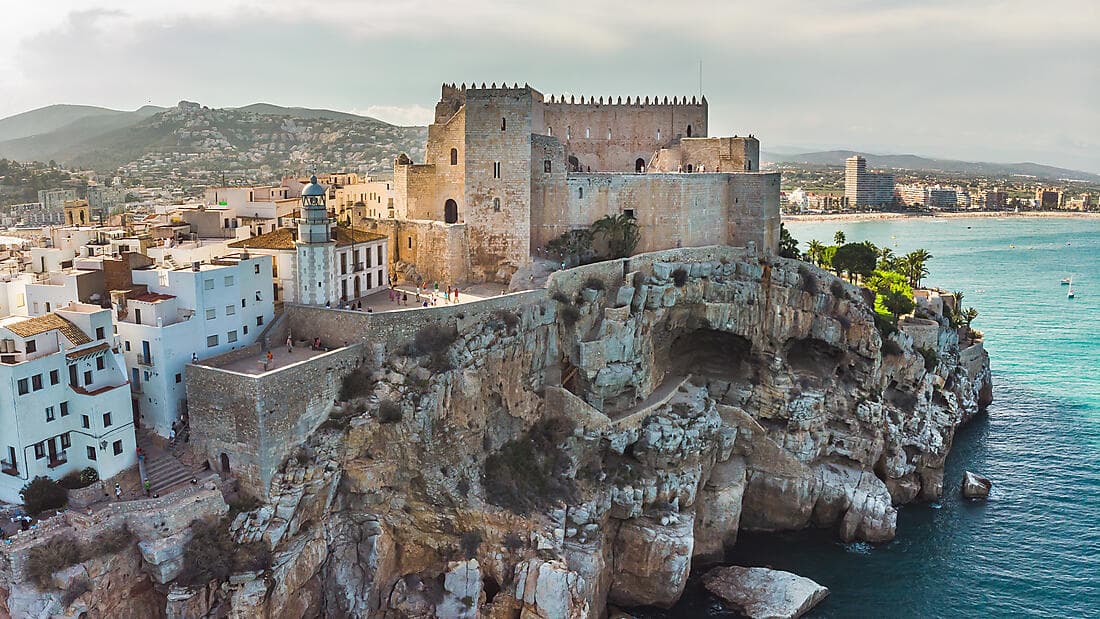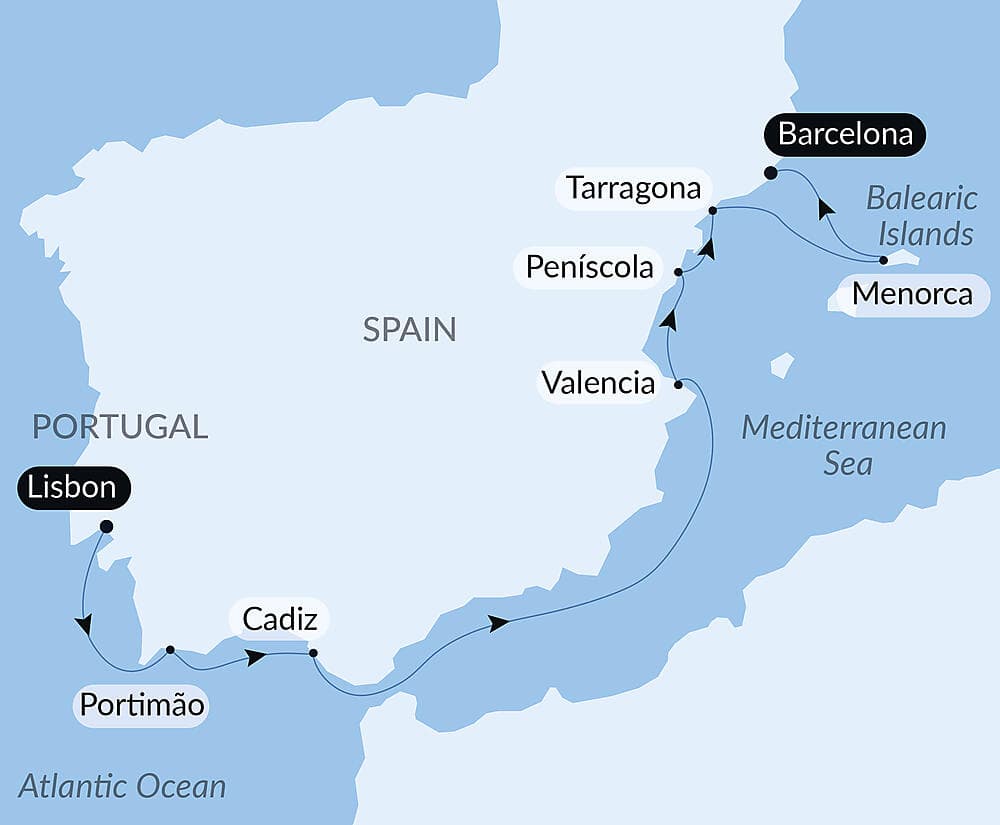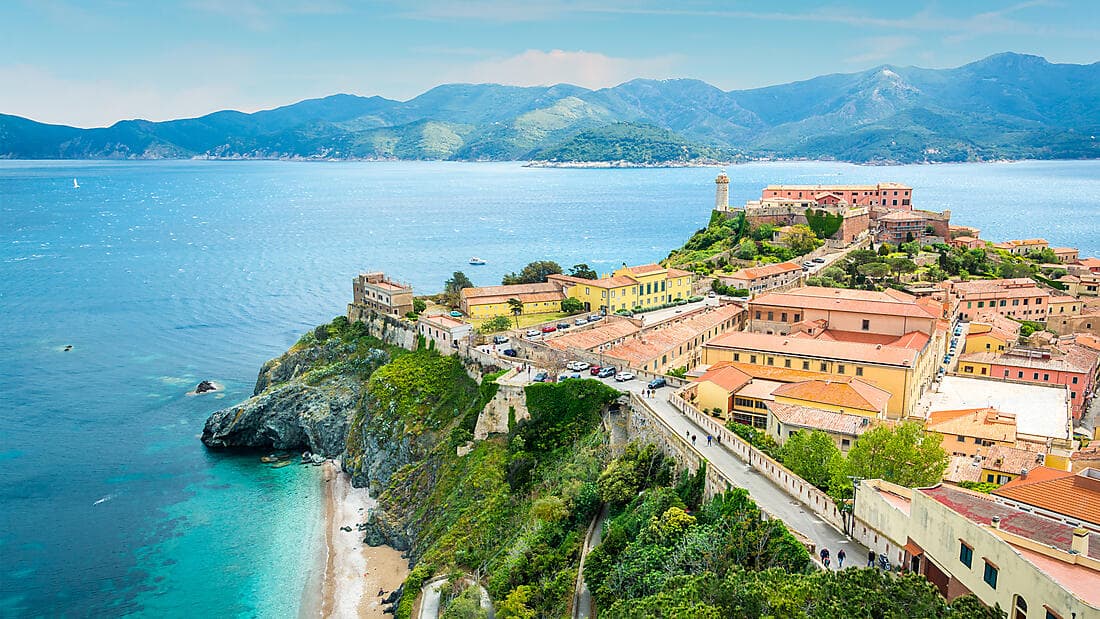
Epicurean Delights: The Food & Wine of Sicily
- ItineraryValletta (Malta) to Valletta (Malta)Duration9 days
- DatesPrices from
Come aboard Le Dumont d'Urville for an unforgettable voyage.
This cruise is part of a collection of PONANT themed voyages that are specially-tailored for travelers who want to engage with the world. In addition to the usual elements of the PONANT experience, the listed price for these voyages includes transfers to and from the ship, talks and discussions aboard ship by world class experts, and a shore excursion or activity in each port of call that encourages guests to embrace the sights, sounds, tastes, and smells of the local environment and culture.
This carefully curated voyage to Sicily combines visits to some of the most culturally rich destinations in the country with a focus also on the distinctive culinary traditions of the regions visited. Moving through Sicily, a crossroads of the many historical civilizations—Greek, Roman, Arab, Byzantine, Norman—that have flourished along the shores of the Mediterranean, you explore no fewer than seven UNESCO World Heritage Sites. And as you make your way, you sample the wines of Etna, as well as the breads, olives, meats, and cheeses of the island. An ideal way to experience Sicily, where food—its cultivation and preparation—has always been central to the good life.
As a special treat, acclaimed Italian chef Denny Imbroisi and his team will join you aboard to prepare authentic Sicilian and Italian dishes for you to enjoy during your voyage.
Setting sail from Malta, your first stop in Sicily is Porto Empedocle, gateway to the fabled Greek temples of Agrigento, among the most captivating ruins in the entire Mediterranean. Opt to visit Kolymbethra Garden, a shaded corner of paradise in the Valley of the Temples, filled with centuries-old olive trees and the sweet fragrance of citrus fruits.
After rounding the western tip of the island, you arrive in Trapani for an excursion into the countryside and the ancient Doric temple of Segesta or to medieval Erice, perched on a high triangular plateau sloping down to the sea. Or opt to sample the region’s famous Marsala wine at a local winery.
Your fourth day aboard Le Dumont-d’Urville brings you to Palermo, founded by the Phoenicians in 827 BC and becoming one of Europe’s greatest cities in the 12th century, when the Normans took control. Here you will visit Cappella Palatina, a Byzantine-Arab-Norman structure featuring dazzling mosaics and magnificent inlaid marble floors and walls, and Monreale to explore its famed Norman cathedral. Alternatively, wander the streets of the Ballarò Market, one of the oldest street markets in Palermo, to sample traditional Sicilian street food like panelle (chickpea fritters), sfincione (typical Sicilian pizza), crocchè (fried mashed potatoes), and Sicilian caponata (a local eggplant dish).
In Lipari, discover the 16th-century Norman castle-turned-archaeological museum on the site of an ancient acropolis before sailing in the evening to Stromboli, whose active volcano provides the backdrop as you cruise around the island.
From Stromboli, your ship calls in the city of Reggio di Calabria on the Italian mainland. Just across the Strait of Messina from Sicily, Reggio di Calabria is home to the National Archaeological Museum of Magna Graecia and the world famous Riace Bronzes. The surrounding area, both along the coast and in the interior mountains, boasts a number of intriguing castles and many wineries. During your time here, you may visit the hilltop Norman Castle in Vibo Valentia, the Ruffo Castle overlooking the Messina Strait, or the Aragonese Castle in the village of Pizzo, enjoying a variety of local food specialties whichever excursion you choose, including the native citrus bergamot and the ice cream and fruit delight called tartufo.
Back in Sicily, across the Strait of Messina, the beautiful resort town of Taormina, perched high on a cliff overlooking the Ionian Sea, is home to a stunning Greek theater, an Odeon from Roman times, buildings blending Arab and Norman cultures, and villas built by European aristocracy in the 18th and 19th centuries. It is also your gateway to Mt. Etna and the vineyards that thrive in the rich volcanic soils of its slopes.
The final port of call before your voyage comes to an end in Valletta is Syracuse, where you may choose to focus on Ortygia, the ancient center of this once-powerful Greek colony, and on the city's extensive archaeological park; enjoy a tasting at a nearby winery; or join excursions—including one to Baroque Noto—that combine visits to historical sites with samplings of arancini, cheeses, salamis, breads, and desserts.
Your voyage ends back in Valletta.
Your voyage
All-inclusive

Destination
Mediterranean
Valletta (Malta) to Valletta (Malta)
Duration
9 days, 8 nights on board
Timeless, Gastronomy

Fabrizia Lanza, Davide Puca, Denny Imbroisi, Laetitia Ouspointour
Shore excursion in each port of call + transfers included
Back-to-back offer , PONANT Bonus 20%
Ref: MLA-MLA-8-QC260411 - EU110426







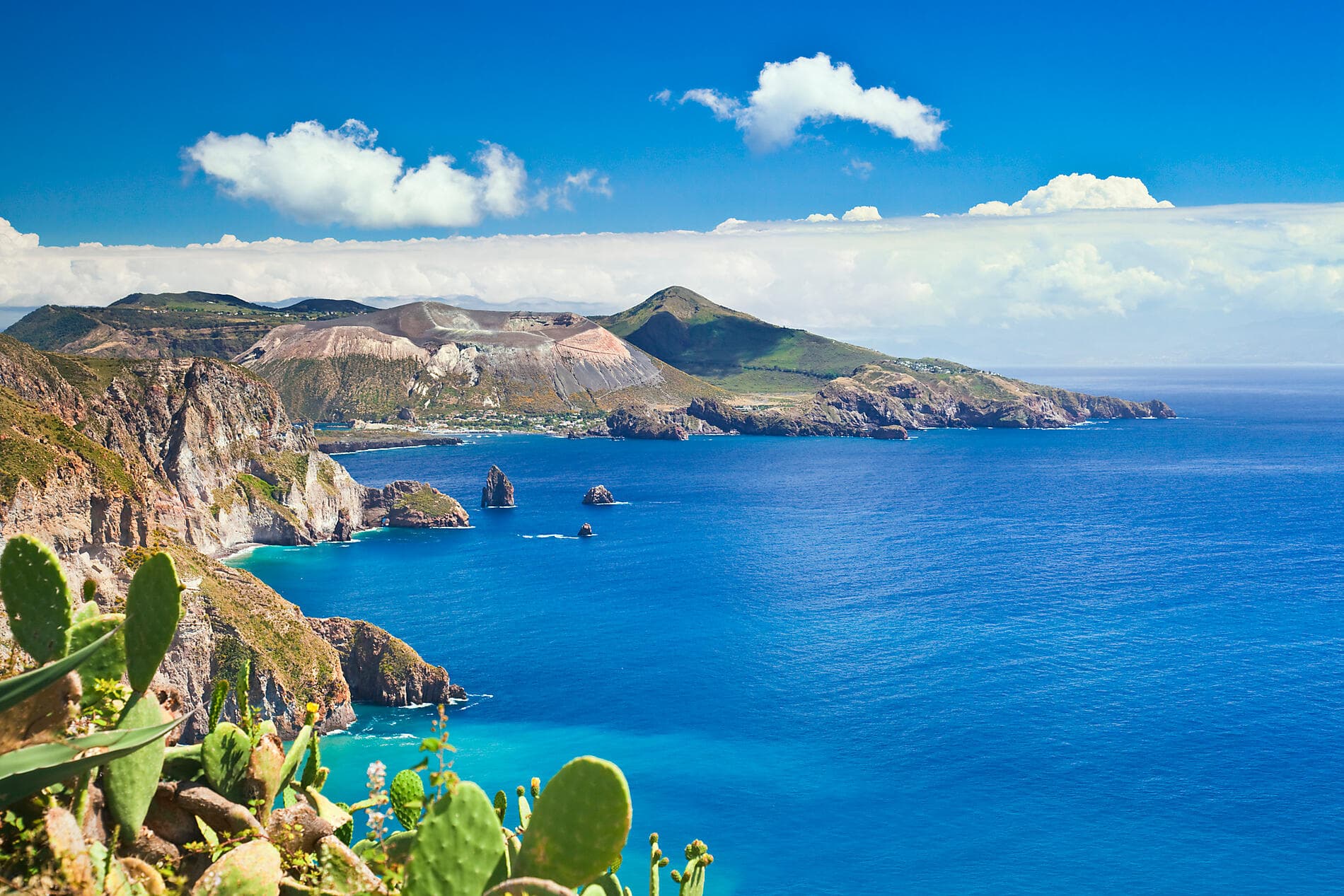
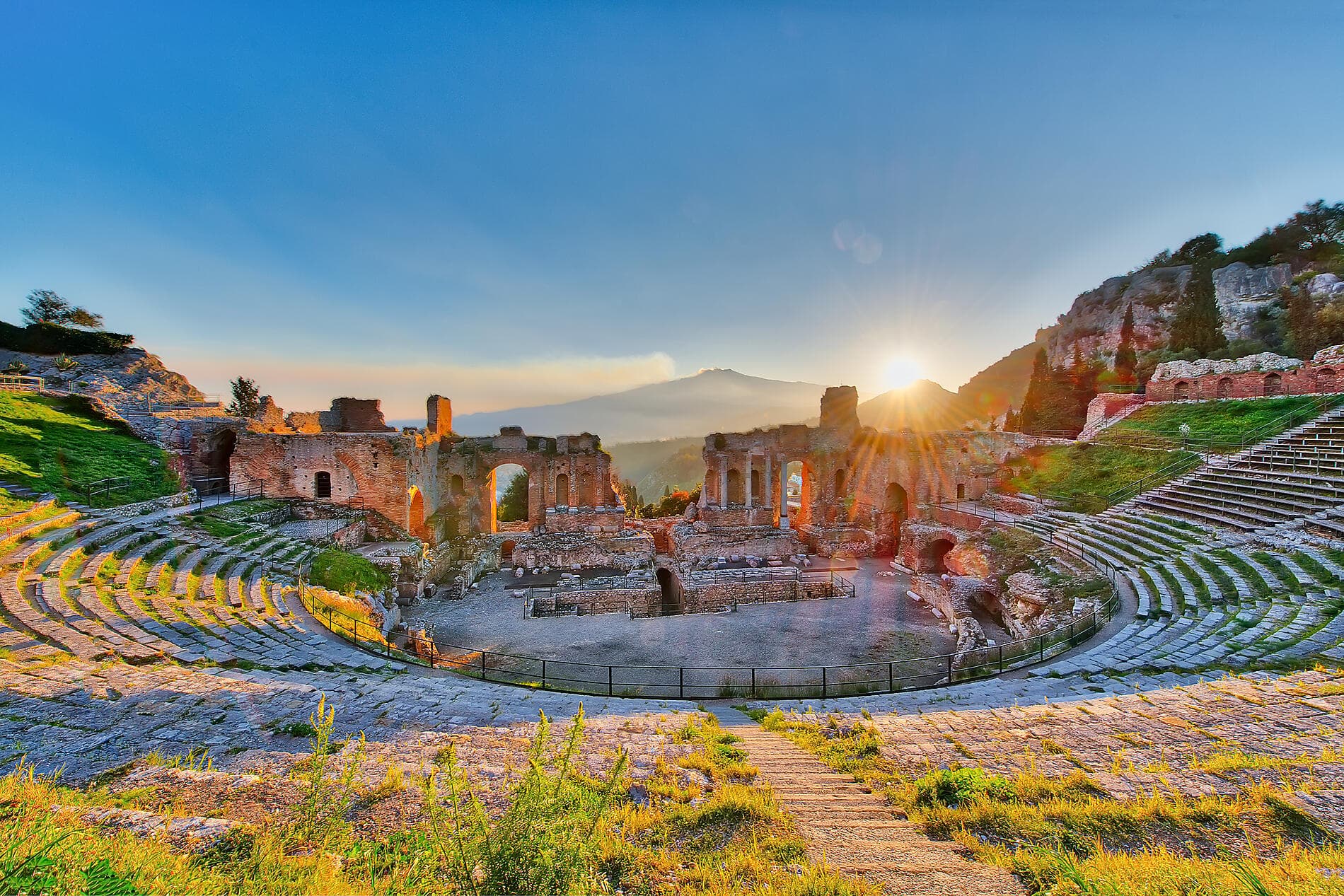
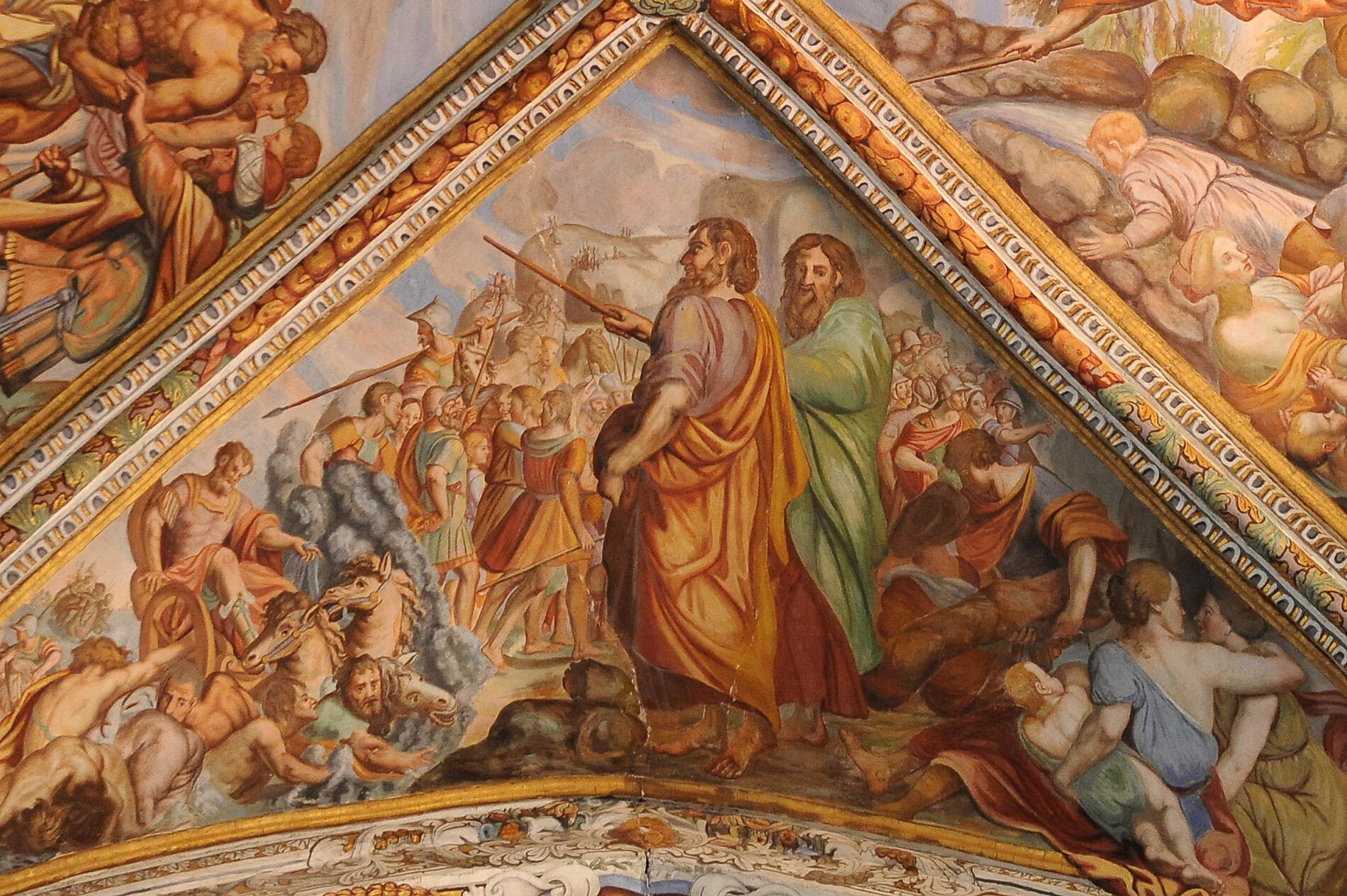
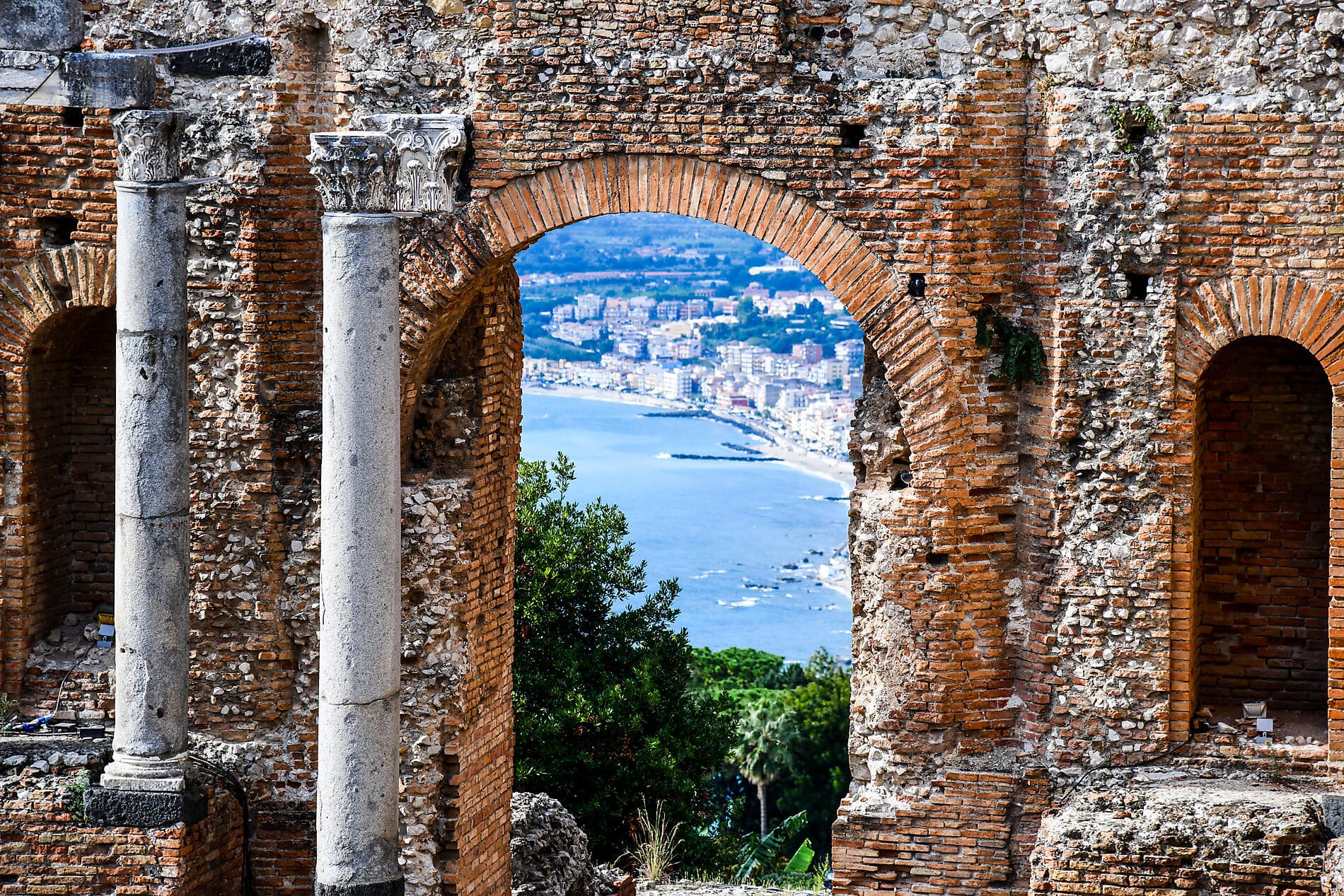
Journey
Your daily itinerary
- Wine tasting workshops to discover Sicilian gastronomy and local wines.
- Exploration of iconic historical sites (Agrigento, Cefalù, Palermo, Monreale, Syracuse – all UNESCO-listed) and natural wonders (the Aeolian Islands and Mount Etna – both UNESCO-listed).
- Included activities: guided excursions led by local experts.

Sharing your journey with

Fabrizia Lanza

Davide Puca

Denny Imbroisi

Laetitia Ouspointour
Staterooms and suites
Elegance and refinement

Lower deck balcony stateroom
Guests
2
Size
204 ft²

Upper decks balcony stateroom
Guests
2
Size
204 ft²

Deluxe Suite
Guests
3
Size
290 ft²

Prestige Suite
Guests
4
Size
409 ft²

Privilege Suite
Guests
3
Size
344 ft²

Grand Suite
Guests
4
Size
484 ft²

Owner's Suite
Guests
4
Size
484 ft²
*Price is per person, based on double occupancy, based on availability, and subject to change at any time. The category of stateroom to which this price applies may no longer be available.
Details
More information
What's Included
Important travel details
In your luggage
Epicurean Delights: The Food & Wine of Sicily
Itinerary
Embarkation 11/04/26 from 16:00 to 17:00 Departure 11/04/26 at 18:00
11 Apr 26 - Valletta
The whole of the Maltese capital Valletta is UNESCO World Heritage listed and occupies a peninsula in the north-east of the island. From the fountain of Tritons to Saint-Elme fort, there are as many majestic streets as there are narrow staircase vennels to explore. The painted loggia and carved corbels on the tall houses will accompany you in your explorations, and you’ll rarely be bothered by traffic. You can visit the Grandmasters palace decorated with coats of arms and frescoes. Saint-John’s cathedral and the ramparts which have guarded the city since the 16th century are also among the most emblematic sites of the city. Arranged in terraces, the Barrakka Gardens will punctuate your promenade with a green and floral experience.

Arrival 12/04/26 early morning Departure 12/04/26 early afternoon
12 Apr 26 - Porto Empedocle, Sicily
Huddled on the south-western coast of Sicily, Porto Empedocles bears the name of the philosopher Empedocles, who lived in the region in the 5th century BC. An age-old city offered up to sun and sea, this is your doorway to the exceptional archaeological site of Temple Valley, a high place of Greek civilisation listed as a UNESCO World Heritage site. You can admire the remains of many temples dedicated to Zeus, his wife Hera and Hephaestus. Make sure you take in the magnificent Italian countryside, with its olive orchards that cover the hillsides.

1 available excursionto this stopover
Arrival 13/04/26 early morning Departure 13/04/26 evening
13 Apr 26 - Trapani, Sicily
Bathed in the cobalt waters of the Tyrrhenian sea, Trapani is the former port of the Greek city of Erice, boasting a privileged natural position in western Sicily. As you wander through its little streets, you will discover a secular cultural heritage, bearing witness to the many influences of civilisations that came here: San Lorenzo Cathedral, Maria Santissima Annunziata sanctuary, the fountain of Triton. On the shaded restaurant terraces, savour some fresh fish from the morning’s catch. Or else you can opt for a seafood couscous, a culinary legacy from their Arab neighbours.

3 available excursionsto this stopover
Arrival 14/04/26 early morning Departure 14/04/26 late evening
14 Apr 26 - Palermo, Sicily
Palermo is the guardian of the Sicilian soul. Many have been attracted to this city, the largest capital of the Italian islands. Phoenicians, Carthaginians, Romans, Byzantines, Arabs, Normans... Palermo is a rich culmination of so many cultural influences as seen in the Moorish designs on the cathedral, and the Byzantine mosaics of the Palatine chapel, which is itself housed within the precincts of the Norman palace. You will fall under the spell of the palaces, baroque splendours that grace the town with their obsolete beauty. It is thrilling to stumble upon one of those fabulous markets, high in colour, and headily picturesque.

2 available excursionsto this stopover
Arrival 15/04/26 Departure 15/04/26
15 Apr 26 - Sailing in front of Stromboli
Like Ulysses during his Odyssey, you will have the opportunity to admire the Stromboli, the capricious volcano that looms over the Aeolian Islands. Its activity, uninterrupted for thousands of years, has earned it the nickname the “Lighthouse of the Mediterranean”.

Arrival 15/04/26 early morning Departure 15/04/26 early afternoon
15 Apr 26 - Lipari, Aeolian Islands
Of the seven Aeolian islands, this is the largest and the most populated. Lying off the north coast of Sicily, in the Tyrrhenian sea, Lipari is one of UNESCO’s marvellous World Heritage sites. Its lava stone quarries and obsidian flow of Rocce Rosse are indications of its volcanic nature. The town, the largest urban area in the whole archipelago, proudly houses its citadel and its castle, both rooted in Antiquity. If you head further into the centre, you’ll be surprised to come across a Norman cathedral, complete with a magnificent baroque façade.

1 available excursionto this stopover
Arrival 16/04/26 early morning Departure 16/04/26 late evening
16 Apr 26 - Reggio di Calabria
At the southern tip of the Italian boot, Reggio di Calabria guards the eastern shore of the Strait of Messina. From the lungomare, the sea front promenade, there are magnificent views over Sicily, a little over 3 km away, and Etna. Rebuilt after the 1908 earthquake, Reggio is set out in a grid pattern and has Art Nouveau and Belle Époque architecture that add to its charm. And the fragrance of bergamot, the citrus fruit that dominates the region’s confectionery and perfumery.

3 available excursionsto this stopover
Arrival 17/04/26 early morning Departure 17/04/26 evening
17 Apr 26 - Taormina, Sicily
Located on Sicily’s eastern coast, in the province of Messina, the seaside town of Taormina is Sicily’s Saint-Tropez, boasting heritage sites, secluded beaches and luxury shopping. You can visit its medieval centre, suspended 300 metres above sea level, where terraces offer a spectacular view of the Mediterranean Sea. Another vestige from its past are the ruins of the Greco-Roman theatre. This extremely well-preserved site attracts visitors who are fascinated by the natural beauty of the area which overlooks a turquoise bay.

2 available excursionsto this stopover
Arrival 18/04/26 early morning Departure 18/04/26 late afternoon
18 Apr 26 - Syracuse, Sicily
Its undulating rocky coastline, the endless sandy beaches, the menacing form of Mount Etna which surveys its island like a patriarch, the flowery gardens on the hillside... Sicily lays out its varied landscapes like a shopkeeper displays his wares. Described by Cicero as “the most beautiful city in the world”, Syracuse was one of the most prestigious cities in Sicily and at her height was even a rival for Athens. A central city of Ancient Greece, it was home to a succession of civilisations, each of which has left their mark. The blend of Arabic, Roman, Norman, Byzantine and Spanish cultures makes Syracuse a town that is extraordinarily rich in fragrances, colours and flavours.

3 available excursionsto this stopover
Arrival 19/04/26 Disembarkation 19/04/26 at 8:00
19 Apr 26 - Valletta
The whole of the Maltese capital Valletta is UNESCO World Heritage listed and occupies a peninsula in the north-east of the island. From the fountain of Tritons to Saint-Elme fort, there are as many majestic streets as there are narrow staircase vennels to explore. The painted loggia and carved corbels on the tall houses will accompany you in your explorations, and you’ll rarely be bothered by traffic. You can visit the Grandmasters palace decorated with coats of arms and frescoes. Saint-John’s cathedral and the ramparts which have guarded the city since the 16th century are also among the most emblematic sites of the city. Arranged in terraces, the Barrakka Gardens will punctuate your promenade with a green and floral experience.

Epicurean Delights: The Food & Wine of Sicily
Included package
Shore excursion in each port of call + transfers included
PONANT has organized the following included program for you, which starts the day of embarkation.
Included Features:
- A program of onboard enrichment provided by two food and wine experts: Sicilian food expert Fabrizia Lanza and wine expert and sommelier Davide Puca
- Sicilian and Italian cuisine aboard prepared by special guest chef Denny Imbroisi.
- Transfers and luggage handling from the airport in Valletta to the ship on the day of embarkation
- Comprehensive 8-night cruise aboard the deluxe Le Dumont-d'Urville, with all the amenities for which PONANT ships are famous
- One included shore excursion in each port of call (see "Itinerary" for more information and choice of excursions, if applicable)
- Gratuities for ship crew and for guides and drivers on excursions
- Transfer from the ship to the airport in Valletta at the end of the cruise on the morning of disembarkation
Not included:
- Independent meals and beverages ashore
- Personal expenses (such as laundry, telephone, etc.)
Notes:
- This voyage is offered on a space available basis
- Program is subject to change without notice
Epicurean Delights: The Food & Wine of Sicily
Other available dates
11/04/2619/04/26
8 nights aboard the ship Le Dumont d'Urville
Back-to-back offer , PONANT Bonus 20%
From
/person*
05/05/2613/05/26
8 nights aboard the ship Le Bougainville
PONANT Bonus 5%
From
/person*
29/08/2606/09/26
8 nights aboard the ship Le Dumont d'Urville
Back-to-back offer , PONANT Bonus 20%
From
/person*
10/05/2718/05/27
8 nights aboard the ship Le Dumont d'Urville
Back-to-back offer , PONANT Bonus 30%
From
/person*
15/10/2723/10/27
8 nights aboard the ship Le Lapérouse
Back-to-back offer , PONANT Bonus 30%
From
/person*










